June 5 is World Environment Day
National Running Day
National Gingerbread Day
National Ketchup / Catsup Day Both words are derived from the Chinese ke-tsiap, a pickled fish sauce. It made its way to Malaysia where it became kechap and ketjap in Indonesia. Catsup and katchup are acceptable spellings used interchangeably with ketchup, however, ketchup is the way it is popularly used today.
Anniversary of the baptism of Adam Smith, (June 5, 1723), Scottish economist and philosopher, author of “Wealth of Nations”
Great Lakes’ steamers – The Canadian-built Frontenac was launched on Sept 7, 1816. The Ontario was launched in the spring of 1817. The Ontario began active service first in April, 1817 and the Frontenac made its first trip on June 5th, 1817.
June 5, 1851, Harriet Beecher Stowe’s anti-slavery serial, Uncle Tom’s Cabin, or Life Among the Lowly, started a ten-month (40-week) serial published in The National Era, an abolitionist periodical published in Washington, D.C.
Birthday of John Maynard Keynes (1883), English economist, financial expert and author.
Birthday of William Boyd (June 5, 1895), better known as Hopalong Cassidy. Boyd portrayed Hopalong Cassidy in 66 films and then on TV in the 1950s. His horse was named Topper.
Marshall Plan: In a speech at Harvard University on June 5, 1947, the United States Secretary of State, George Marshall, called for economic aid to war-torn Europe.
Elvis Presley introduced his new single, “Hound Dog”, on The Milton Berle Show on June 5, 1956, scandalizing the audience with his suggestive hip movements.
2001 – Tropical Storm Allison made landfall on the upper-Texas coastline as a strong tropical storm and dumps large amounts of rain over Houston, Texas. The storm causes $5.5 billion in damages, making Allison the second costliest tropical storm in U.S. history.
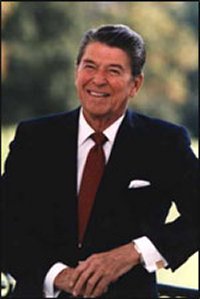 2004 – Death of Ronald Wilson Reagan , fortieth President of the United States. He died in Bel Air, California at age 93 from pneumonia, complicated by Alzheimer’s disease.
2004 – Death of Ronald Wilson Reagan , fortieth President of the United States. He died in Bel Air, California at age 93 from pneumonia, complicated by Alzheimer’s disease.

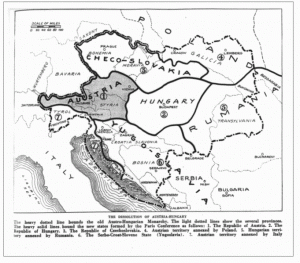 Hungary lost 71% of its territory and 63% of its population when the Treaty of Trianon is signed in Paris on June 4, 1920.
Hungary lost 71% of its territory and 63% of its population when the Treaty of Trianon is signed in Paris on June 4, 1920.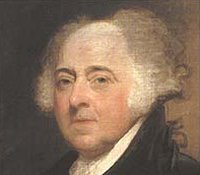 June 3, 1800,
June 3, 1800, 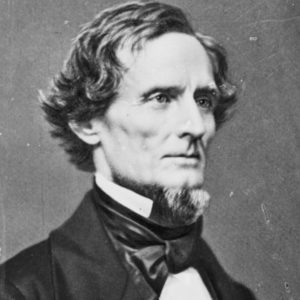 Birthday of Jefferson F. Davis (June 3, 1808), president of the Confederate States.
Birthday of Jefferson F. Davis (June 3, 1808), president of the Confederate States.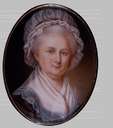 Birthday of Martha Dandridge Custis Washington (June 2, 1731), First Lady 1789-1797, wife of
Birthday of Martha Dandridge Custis Washington (June 2, 1731), First Lady 1789-1797, wife of 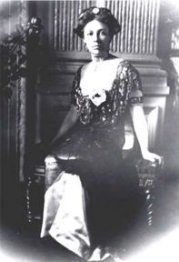 Birthday of Helen Herron Taft (June 2, 1861), wife of
Birthday of Helen Herron Taft (June 2, 1861), wife of 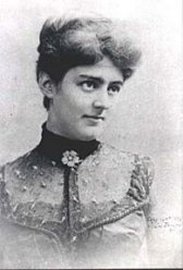 June 2, 1886 – The
June 2, 1886 – The 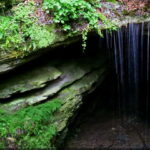 Kentucky Statehood Day
Kentucky Statehood Day Tennessee Statehood Day
Tennessee Statehood Day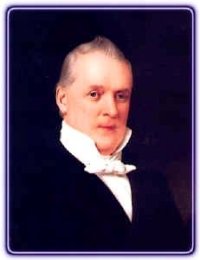 Death of
Death of  Zimbabwe came into existence on June 1, 1970. It was formerly known as Rhodesia.
Zimbabwe came into existence on June 1, 1970. It was formerly known as Rhodesia. The special flower for this month is the rose.
The special flower for this month is the rose.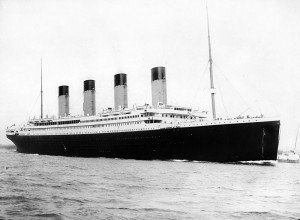 The RMS Titanic was launched in Belfast on May 31, 1911.
The RMS Titanic was launched in Belfast on May 31, 1911. May 31, 1977, the Trans-Alaska Pipeline System was completed.
May 31, 1977, the Trans-Alaska Pipeline System was completed.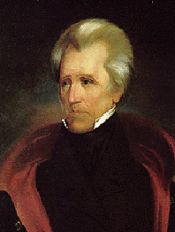 1806 –
1806 – 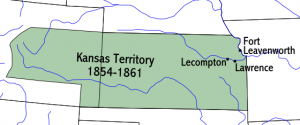
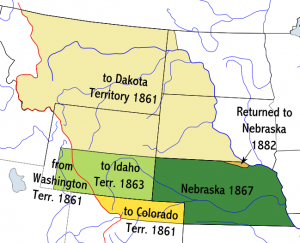
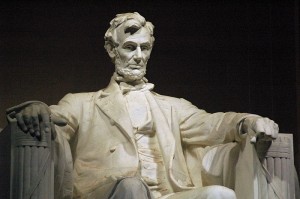 Anniversary of the dedication in 1922 of the Lincoln Memorial.
Anniversary of the dedication in 1922 of the Lincoln Memorial.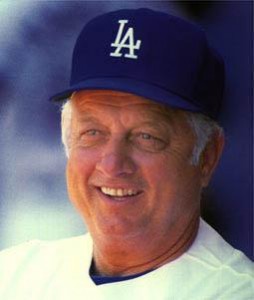 1948 – Schenectady Blue Jays Tom Lasorda strikes out 25 in 15-inning game. The Blue Jays were a minor league team affiliated with the Philadelphia Phillies. On May 31, 1948, future Los Angeles Dodgers Hall of Fame Manager Tommy Lasorda struck out 25 batters for the Schenectady Blue Jays in a 6-5, 15 inning victory over the Amsterdam Rugmakers.
1948 – Schenectady Blue Jays Tom Lasorda strikes out 25 in 15-inning game. The Blue Jays were a minor league team affiliated with the Philadelphia Phillies. On May 31, 1948, future Los Angeles Dodgers Hall of Fame Manager Tommy Lasorda struck out 25 batters for the Schenectady Blue Jays in a 6-5, 15 inning victory over the Amsterdam Rugmakers.

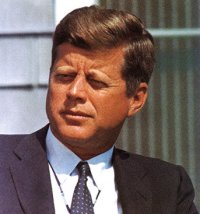 Birthday of
Birthday of 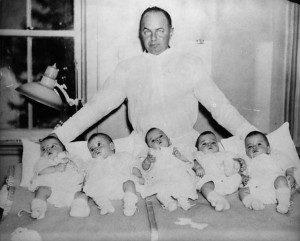 Near Callander, Ontario, Canada, the
Near Callander, Ontario, Canada, the